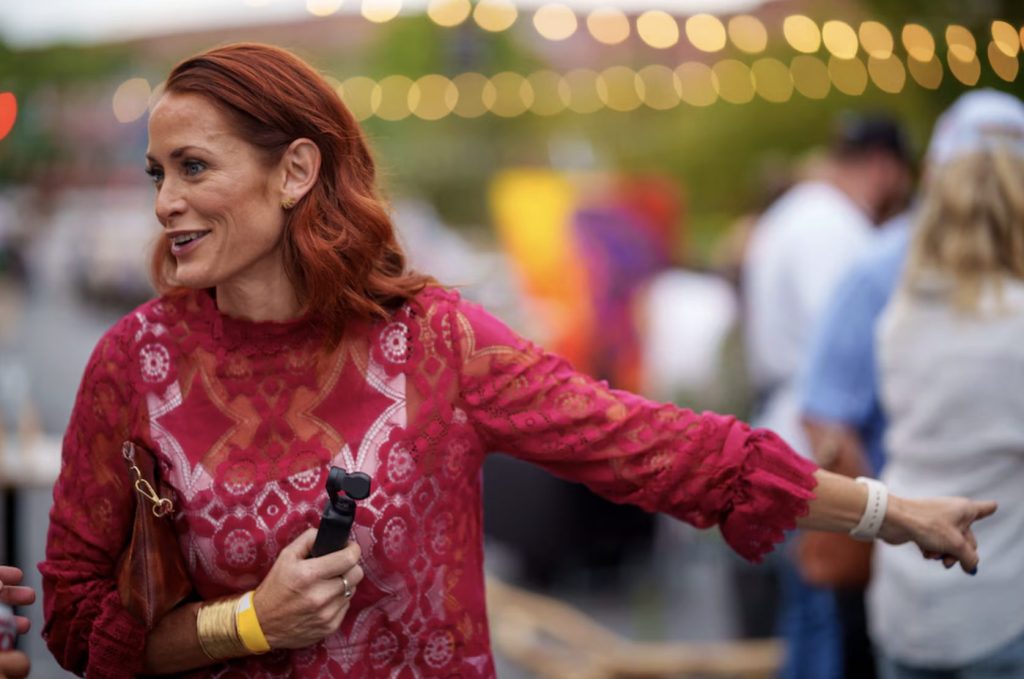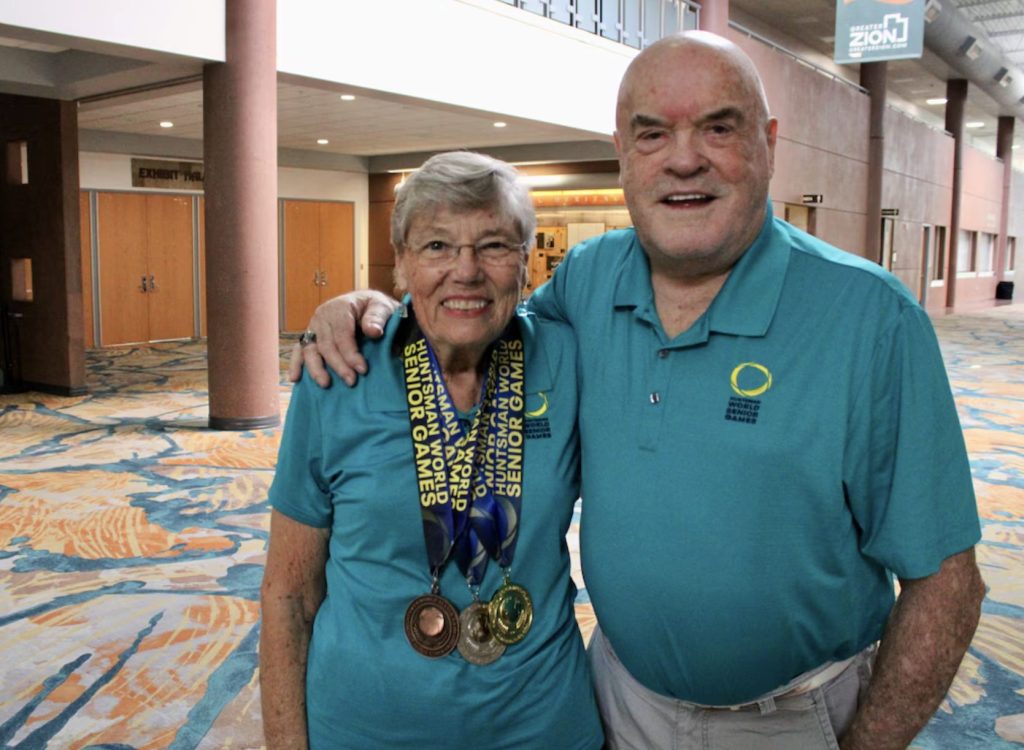This story is published as part of U.S. Democracy Day and the Utah College Media Collaborative, a cross-campus project bringing together emerging journalists from Salt Lake Community College, the University of Utah, Utah State University and Utah Tech University.
“The vote is the most powerful instrument ever devised by human beings for breaking down injustice and destroying the terrible walls which imprison people because they are different from others.”
Democracy is defined as a form of government where the people have the power to participate in decision-making, often through voting in elections. The following will be a list comprised of seven myths surrounding the American democratic system.
Myth 1: Voting is the only way to influence government decisions
Most people believe this because we are not a direct democracy. Therefore, because the popular vote is not what determines the outcome of the presidential election, they feel like their vote is useless. However, there are many ways to be involved in the voting process in the United States. Using your freedom of demonstrations and speech are all effective ways to stay informed and make your voice heard.
Dr. Elizabeth Libero, assistant professor of history and social science education at Utah Tech University, said: “Joining in-person protests and demonstrations, writing op-ed pieces and promoting your point of view [are ways to share your voice.] Joining an advocacy group for an issue that matters to you is one of the most impactful things you can do.”
Myth 2: Only the presidential election matters in the long run
Voting in the presidential election is important, but state elections are arguably more important in the long run.
Geoff Allen, assistant professor of political science at Utah Tech, said: “In terms of elections that have an impact on your daily life, elections to state level offices and local offices can be just as important. About 50% of all money spent by governments in this country is controlled by state and local governments.”
Myth 3: Voter ID laws are universally effective in preventing fraud
Voter ID laws combat against voter fraud because you have to prove your identity before you can cast your vote. However, there is no way to prevent fraud in any circumstance.
Dr Cassandra Clark, Utah Tech assistant professor of history, said: “There is no concrete way to prevent voter fraud or fraud in general. Voter fraud is extremely rare. For example, .003% and .0025% in the 2016 election, and has been exaggerated by specific groups and the media over the past decade. Typically, voter fraud is a tool that people use to cast doubt on the democratic process as a means to their end.”
Myth 4: Voter fraud is widespread and affects election outcomes
Voter fraud is a federal crime, and according to the Brennan Center for Justice at New York University School of Law, “Impersonation fraud by voters very rarely happens.”
In fact, in a memo titled “Debunking the Voter Fraud Myth,” the Brennan Center said: “Two studies [were] done at Arizona State University, one in 2012 and another in 2016, found similarly negligible rates of impersonation fraud. The project found 10 cases of voter impersonation fraud nationwide from 2000-2012.”
This does not mean voter fraud does not happen, as stated above. It does, however, mean that despite media weaponization, voter fraud is actually a very rare occurrence in our democracy.
Myth 5: The United States is a direct democracy
Most believe that the United States is a direct democracy, which involves direct participation from citizens. However, the United States is a representative democracy. This means that every representative we vote for has the power to speak for us in bigger elections. Each state is allotted a certain amount of representatives per county based on population. These representatives determine how many electoral votes the state has in the Electoral College.
“The Electoral College selects the president of the United States, which does not always represent the popular vote,” Clark said. “However, the Electoral College is not the only way people participate in the democratic process in the U.S.”
Myth 6: You need to register to vote months in advance
The first thing to be said is that each state is different. There are many resources that can help you find your state and its voting requirements and deadlines.
Allen said: “Generally, deadlines are no more than approximately 30 days before election day. Utah, for instance, has a registration deadline of 11 days before the election. Our neighbors in Nevada and Arizona have deadlines of 28 days and 29 days, respectively.”
Myth 7: Your vote “doesn’t even matter”
While it is true that against millions of people, your one singular vote does not affect socioeconomic change directly, but it does provide comfort and contentment knowing that you did everything you could to fight injustices and use your voice.
Register to vote or check your registration today at www.headcount.org.
Mason Britton reported and wrote this story as a student with Utah Tech University’s Sun News Daily. His article is part of U.S. Democracy Day, a nationwide collaborative on Sept. 15, the International Day of Democracy, in which news organizations cover how democracy works and the threats it faces. To learn more, visit usdemocracyday.org.





